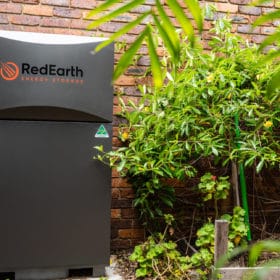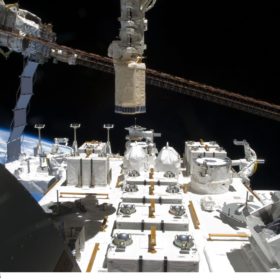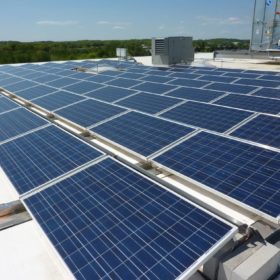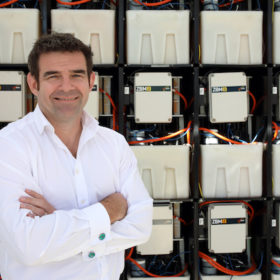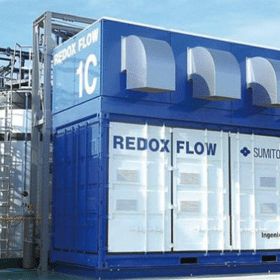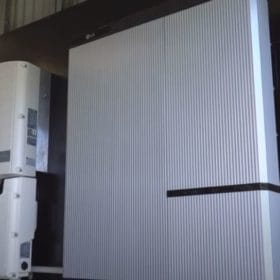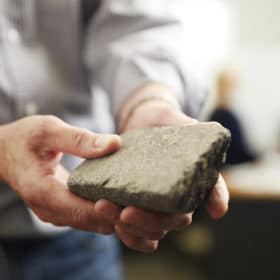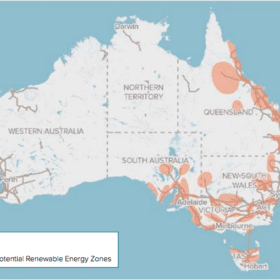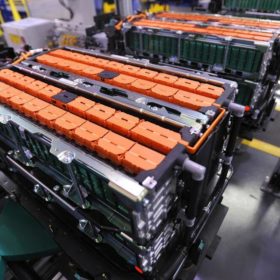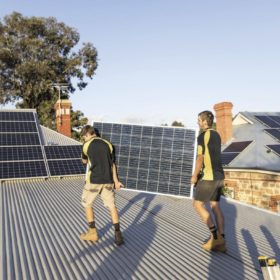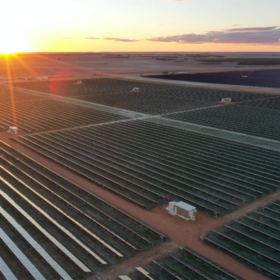RedEarth deal to see thousands of new homes built with solar-battery systems
Battery storage manufacturer RedEarth has partnered with a major Australian housing developer to offer new-home buyers solar and solar/battery systems tailored to their needs from the get go – and with the opportunity to sell excess energy at optimised prices where the grid needs it most.
Solid-state batteries in space
Japanese scientists are about to launch solid-state batteries into space.
Hybrid operational strategy to use lithium-ion storage in commercial PV arrays
Lithium-ion batteries can not only improve self-consumption in commercial PV systems but are also able to efficiently perform peak shaving and price arbitrage, according to an international research group which has proposed a new strategy to calculate the best system configuration in terms of costs and revenue. The scientists specified, however, that the novel strategy may become effective only if storage system prices will drop under $250/kWh.
Brisbane-based flow battery company secures its largest sale at $1.5 million
Australian company Redflow has made its single largest sale, supplying 192 zinc-bromine flow batteries to waste conversion specialists Anaergia for US$1.2 million.
World-leading vanadium project awarded Major Project Status by Federal Government, progressing redox flow battery industry in NT
Australian mining technology company TNG Limited has had its flagship Mount Peake Project, which includes production plans for vanadium redox flow batteries and green hydrogen, recognised as nationally signifiant.
Overheating issues prompt recall for LG Energy battery systems
LG Energy Solution is facing consumer concerns with the Australian Competition and Consumer Commission (ACCC) confirming a recall notice for some of the company’s battery energy storage systems (ESS) due to potential defects which can cause overheating and fire.
WA start-up prepares to be one of the world’s first Li-ion battery anode producers outside China
With reins tightly held by China, a handful of players are trying to prise the production of a core ingredient of lithium-ion batteries out of Goliath’s hand before the battery boom begins in earnest with the electrification of the transport sector. The head of one of those companies, WA start-up International Graphite, spoke to pv magazine Australia about the hunger of both investors and customers, and the surprisingly collaborative race to feed global demand.
Government advisors class multiple renewable projects among Australia’s highest infrastructure priorities
Australia’s infrastructure advisory body has added a number of renewable energy-related projects to its priority list, recognising the need for investment in the “once-in-a-lifetime transition from thermal generation to intermittent renewables.”
Novel nanomaterial to replace graphite in lithium-ion batteries
Porous nanostructured microspheres made of copper, iron, and iron oxide were used by an international research team as negative anode material in lithium-ion batteries. The new technique is claimed to provide three times more capacity than batteries based on graphite anodes.
Victoria’s minimum solar feed-in tariffs to drop by 34%
The delicate balancing act between incentivising rooftop solar uptake, versus moderating its effects on the grid and electricity markets continues, with the Victorian energy regulator reducing the state’s minimum solar feed-in tariff from 1 July.
